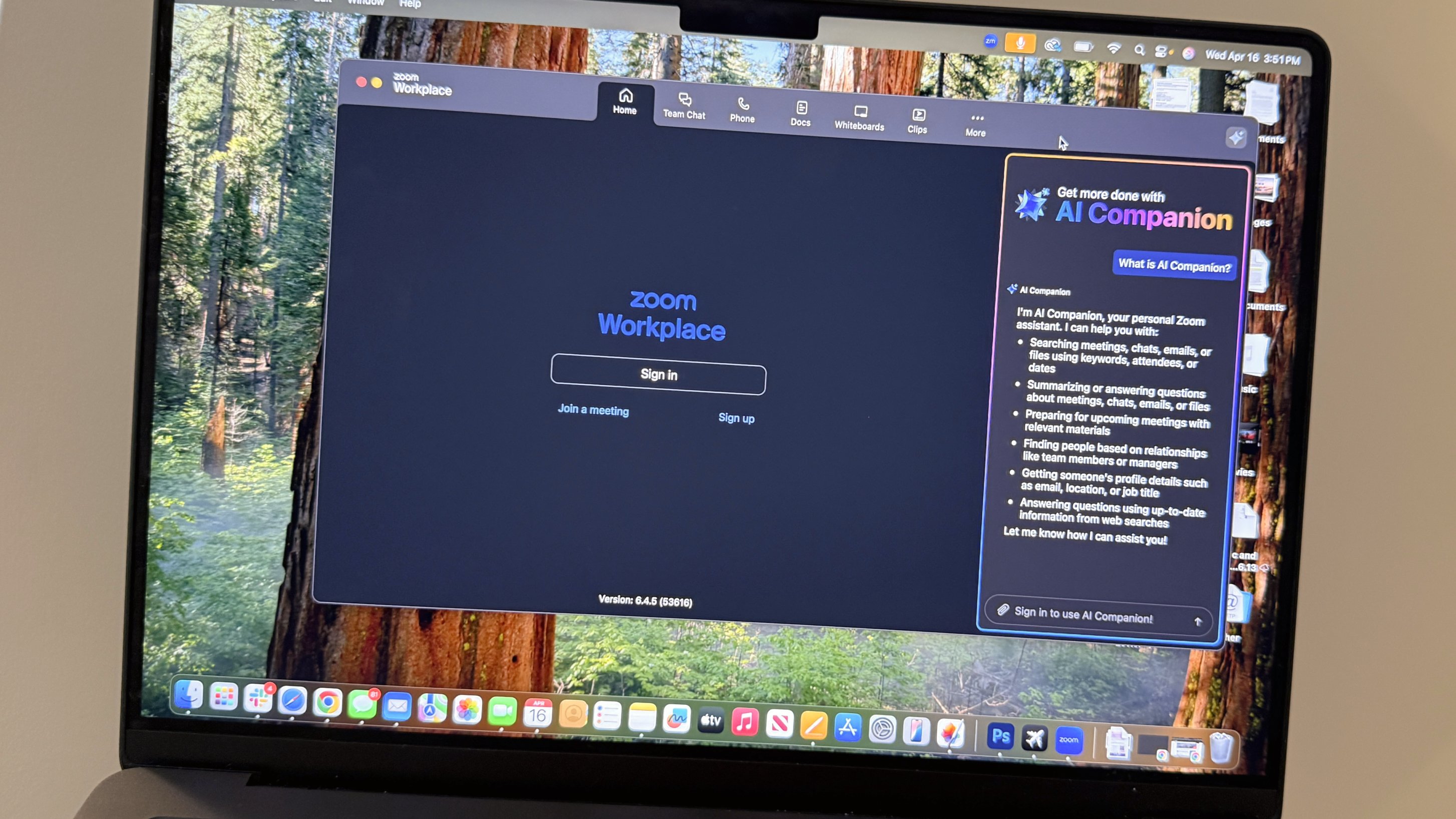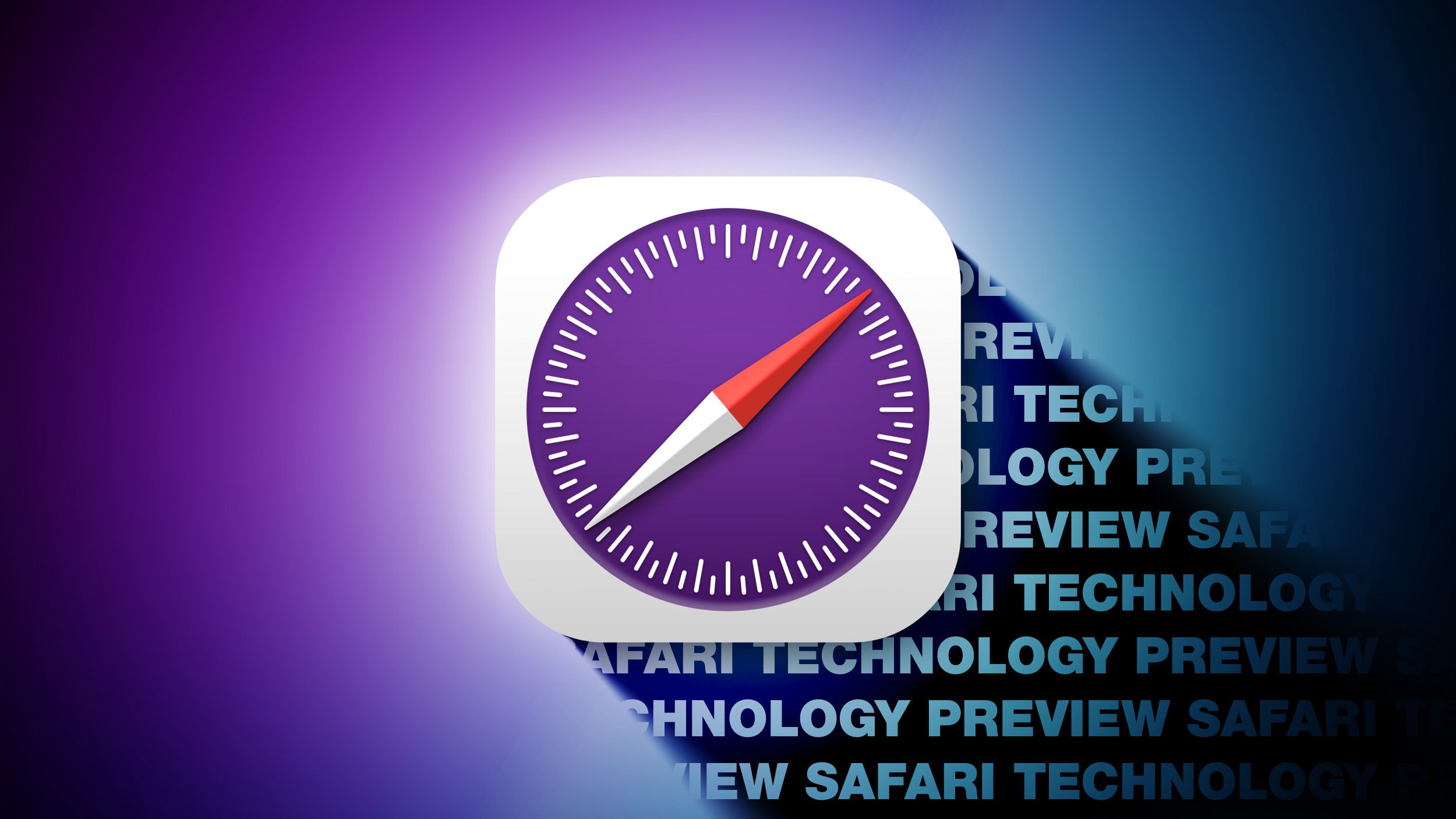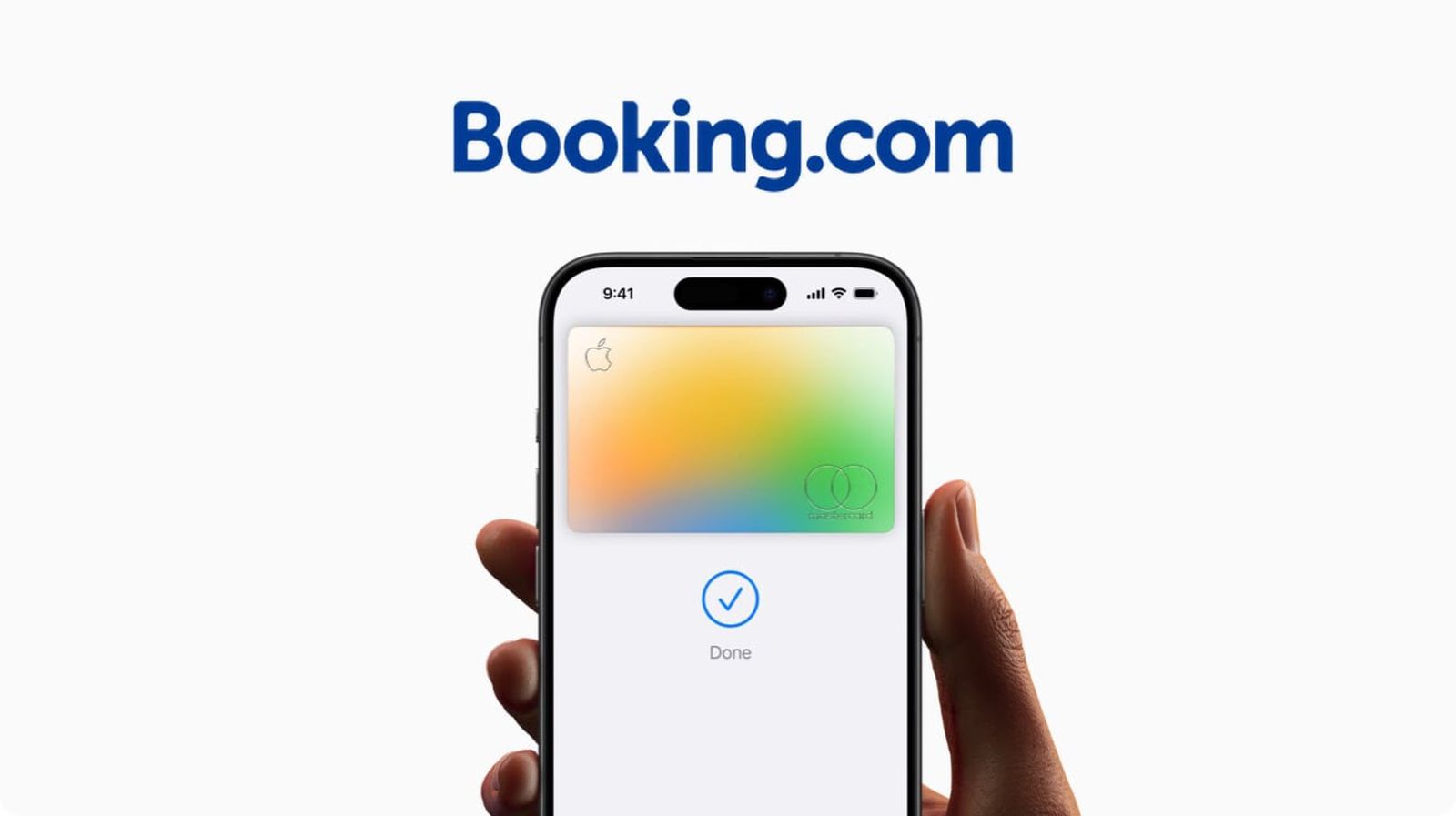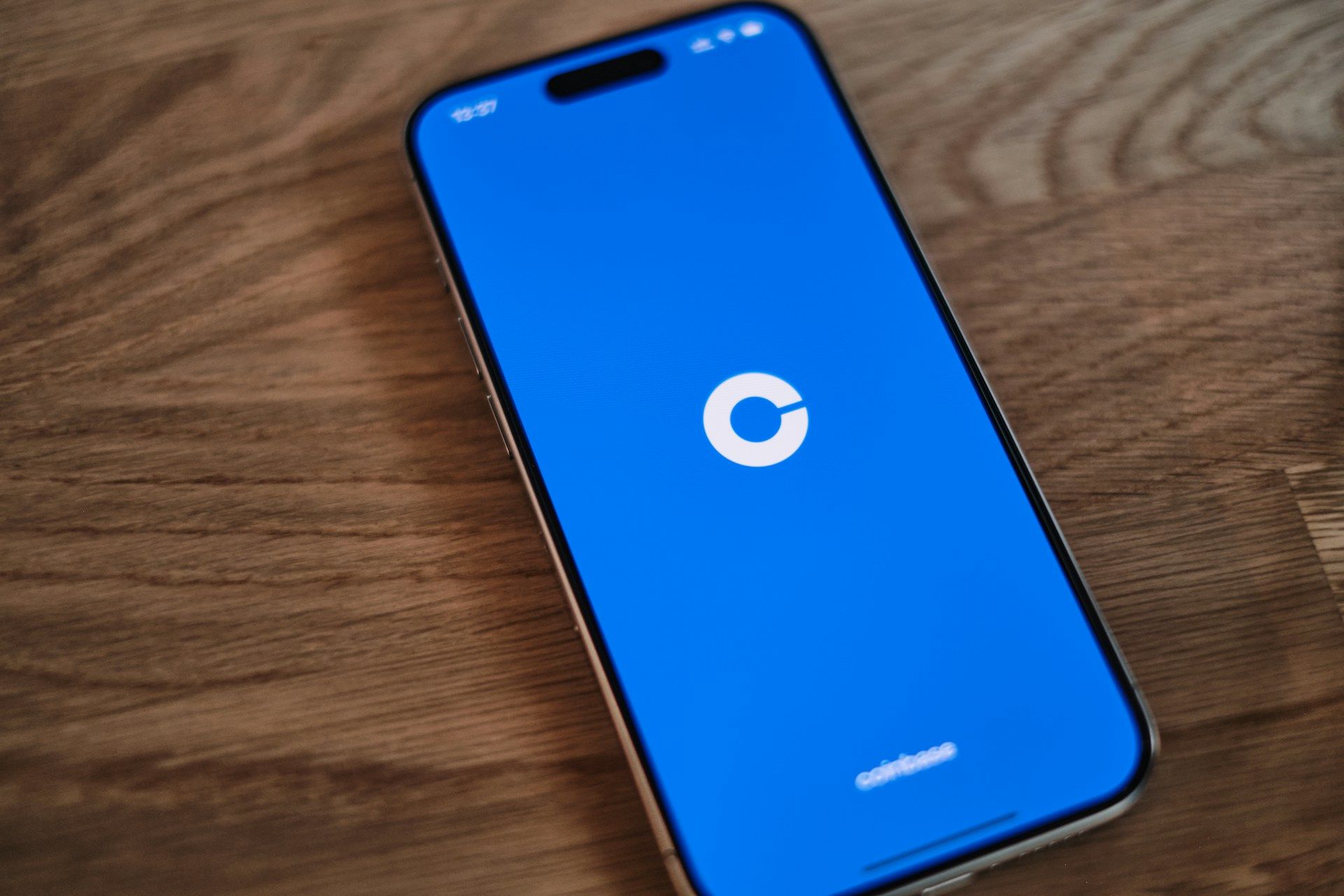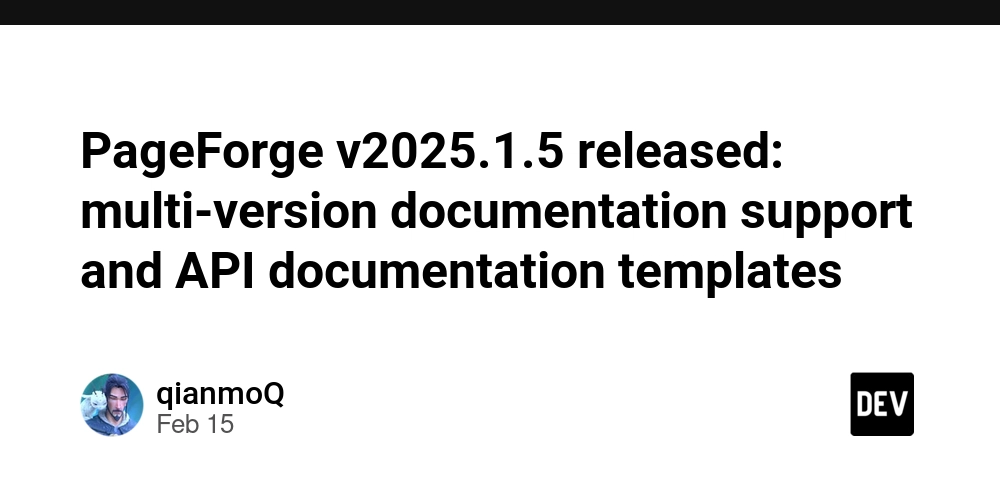Building Native Mobile Apps with Next.js 14 and Capacitor: A Step-by-Step Guide
In today's rapidly changing digital landscape, building apps that can nicely coexist on web and mobile platforms is no longer an option. It's a requirement. With contemporary frameworks such as Next.js 14 and offerings such as Capacitor, developers can now build high-performance native mobile apps using well-known web technologies. If you're a mobile app design company interested in minimizing development times or a startup that has to go live quickly, this tutorial will guide you through developing a native mobile app with Next.js 14 and Capacitor in an easy-to-follow step-by-step manner. Why Choose Next.js 14 with Capacitor? Next.js 14 is a robust React framework optimized for performance, scalability, and developer productivity. It supports: React Server Components Streaming & partial rendering API routes & full-stack capabilities Capacitor, on the other hand, enables you to wrap any web app in a native mobile shell and gain access to native features like: Camera Push notifications Geolocation Native file access By integrating both tools, you can write once and deploy to iOS, Android, and web—without code duplication. Step-by-Step: Build a Native Mobile App with Next.js and Capacitor Step 1: Set Up the Next.js 14 Project npx create-next-app@latest my-next-mobile-app cd my-next-mobile-app Step 2: Install Capacitor npm install @capacitor/core @capacitor/cli npx cap init Add your app name and a unique app ID (like com.yourapp.id). Step 3: Export the App as Static Files Capacitor requires a static build. Update next.config.js: const nextConfig = { output: 'export', trailingSlash: true, }; module.exports = nextConfig; Then run: npm run build The static output will be available in the out/ folder. Step 4: Add Capacitor Platforms npx cap add android npx cap add ios npx cap copy To open and run the apps: npx cap open android npx cap open ios Step 5: Use Native Plugins You can install native plugins such as Camera or Geolocation: npm install @capacitor/camera npx cap sync Use them in your code: import { Camera } from '@capacitor/camera'; const takePhoto = async () => { const image = await Camera.getPhoto({ quality: 90, resultType: 'base64', source: 'camera' }); }; Final Thoughts Cross-platform mobile app development is no longer a constraint. Frameworks like Next.js 14 and Capacitor allow developers to deliver robust, native-like apps with ease. If you need an application of production quality, you might need to hire Next.js developers who are experienced in integrating backend services, optimizing app performance, and native compatibility.
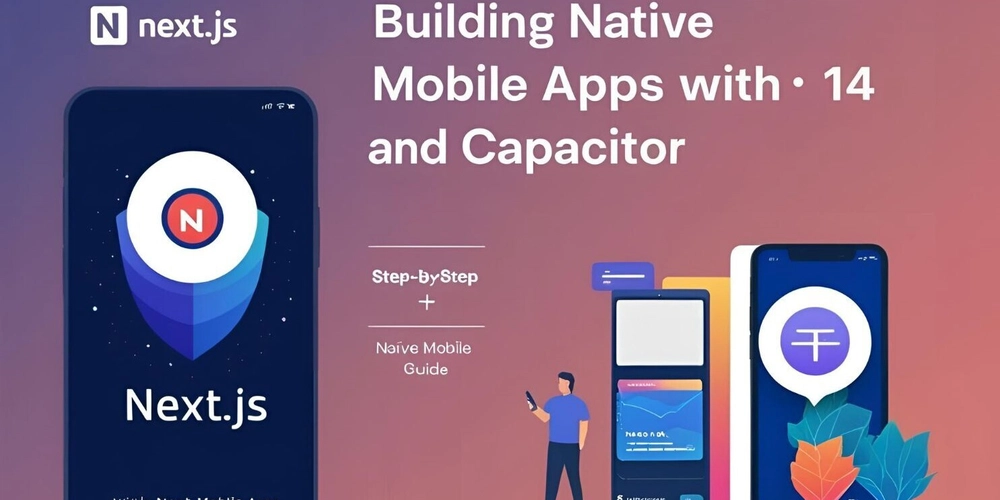
In today's rapidly changing digital landscape, building apps that can nicely coexist on web and mobile platforms is no longer an option. It's a requirement. With contemporary frameworks such as Next.js 14 and offerings such as Capacitor, developers can now build high-performance native mobile apps using well-known web technologies.
If you're a mobile app design company interested in minimizing development times or a startup that has to go live quickly, this tutorial will guide you through developing a native mobile app with Next.js 14 and Capacitor in an easy-to-follow step-by-step manner.
Why Choose Next.js 14 with Capacitor?
Next.js 14 is a robust React framework optimized for performance, scalability, and developer productivity. It supports:
- React Server Components
- Streaming & partial rendering
- API routes & full-stack capabilities
Capacitor, on the other hand, enables you to wrap any web app in a native mobile shell and gain access to native features like:
- Camera
- Push notifications
- Geolocation
- Native file access By integrating both tools, you can write once and deploy to iOS, Android, and web—without code duplication.
Step-by-Step: Build a Native Mobile App with Next.js and Capacitor
Step 1: Set Up the Next.js 14 Project
npx create-next-app@latest my-next-mobile-app
cd my-next-mobile-app
Step 2: Install Capacitor
npm install @capacitor/core @capacitor/cli
npx cap init
Add your app name and a unique app ID (like com.yourapp.id).
Step 3: Export the App as Static Files
Capacitor requires a static build. Update next.config.js:
const nextConfig = {
output: 'export',
trailingSlash: true,
};
module.exports = nextConfig;
Then run:
npm run build
The static output will be available in the out/ folder.
Step 4: Add Capacitor Platforms
npx cap add android
npx cap add ios
npx cap copy
To open and run the apps:
npx cap open android
npx cap open ios
Step 5: Use Native Plugins
You can install native plugins such as Camera or Geolocation:
npm install @capacitor/camera
npx cap sync
Use them in your code:
import { Camera } from '@capacitor/camera';
const takePhoto = async () => {
const image = await Camera.getPhoto({
quality: 90,
resultType: 'base64',
source: 'camera'
});
};
Final Thoughts
Cross-platform mobile app development is no longer a constraint. Frameworks like Next.js 14 and Capacitor allow developers to deliver robust, native-like apps with ease.
If you need an application of production quality, you might need to hire Next.js developers who are experienced in integrating backend services, optimizing app performance, and native compatibility.






































































































































































![[The AI Show Episode 144]: ChatGPT’s New Memory, Shopify CEO’s Leaked “AI First” Memo, Google Cloud Next Releases, o3 and o4-mini Coming Soon & Llama 4’s Rocky Launch](https://www.marketingaiinstitute.com/hubfs/ep%20144%20cover.png)






































































































































































































![GrandChase tier list of the best characters available [April 2025]](https://media.pocketgamer.com/artwork/na-33057-1637756796/grandchase-ios-android-3rd-anniversary.jpg?#)










































.png?width=1920&height=1920&fit=bounds&quality=70&format=jpg&auto=webp#)






















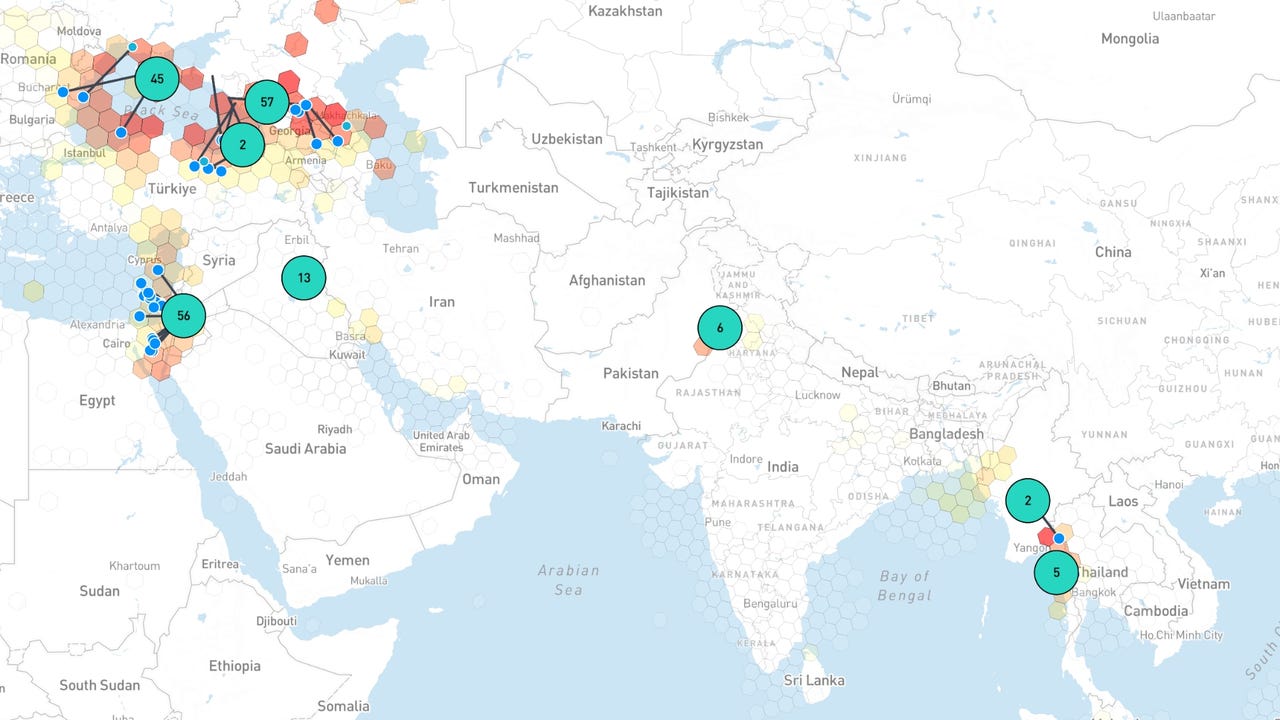












































































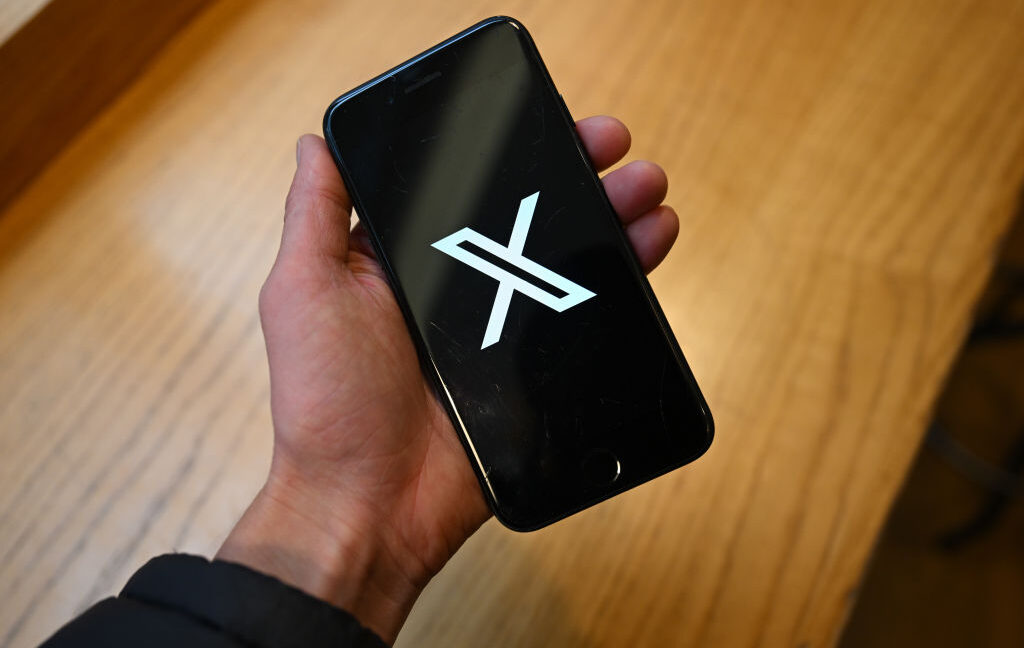
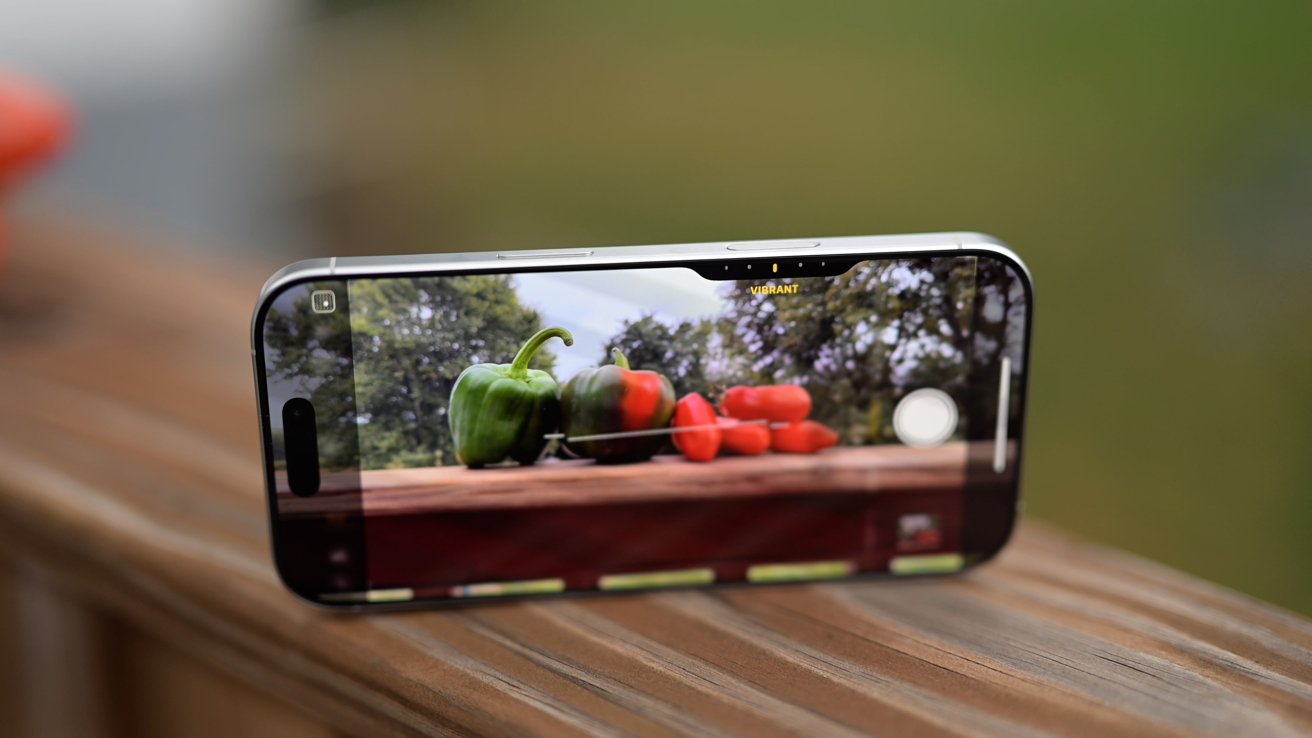

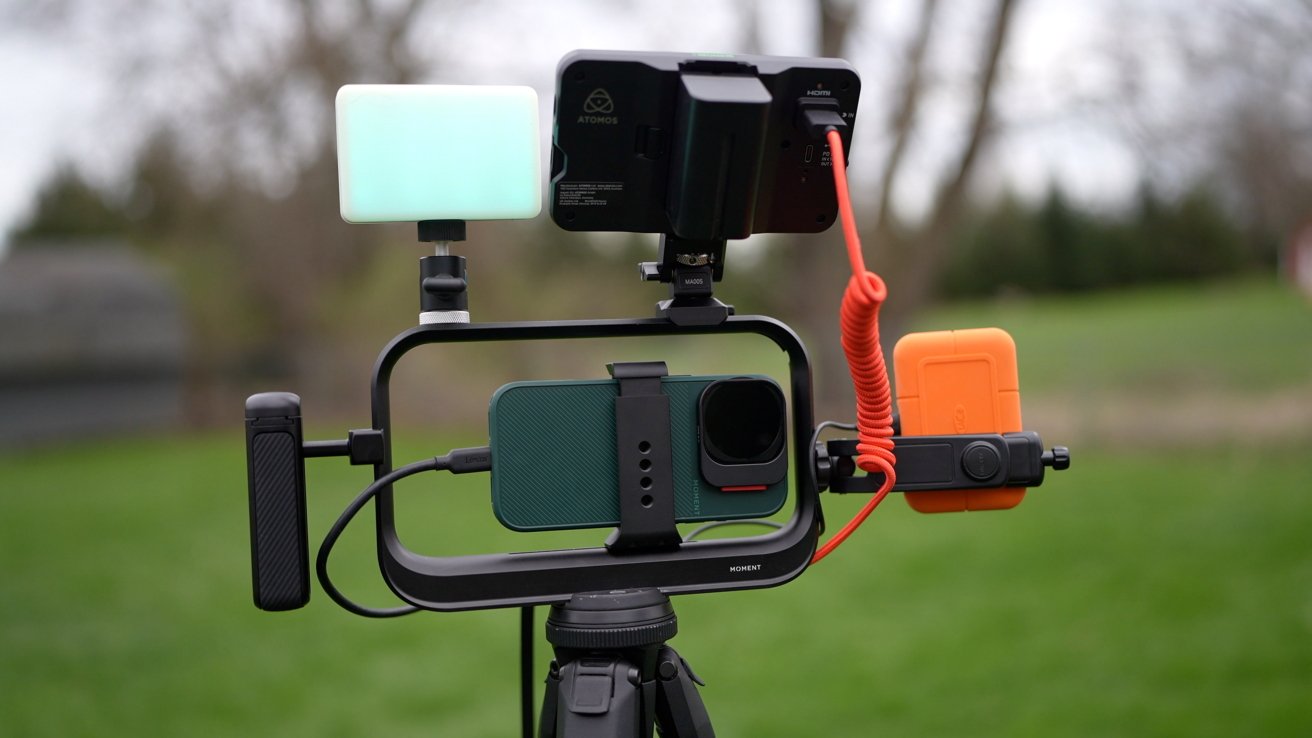
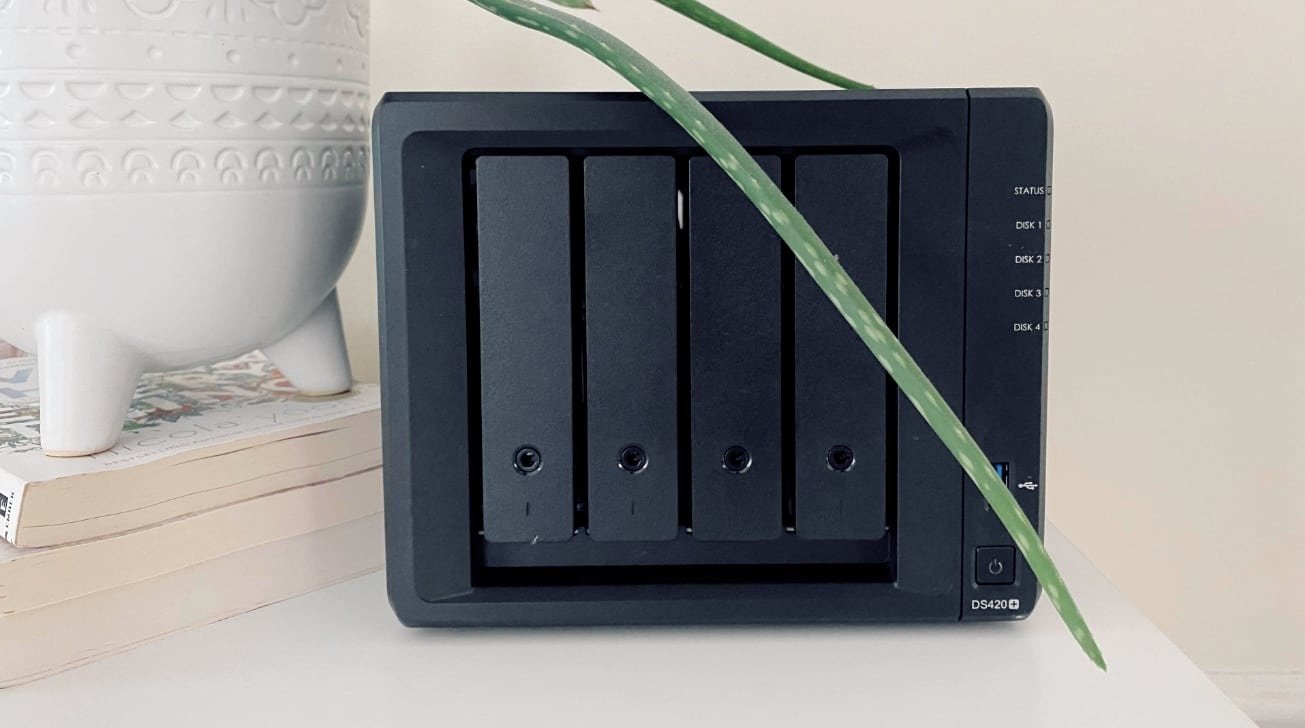
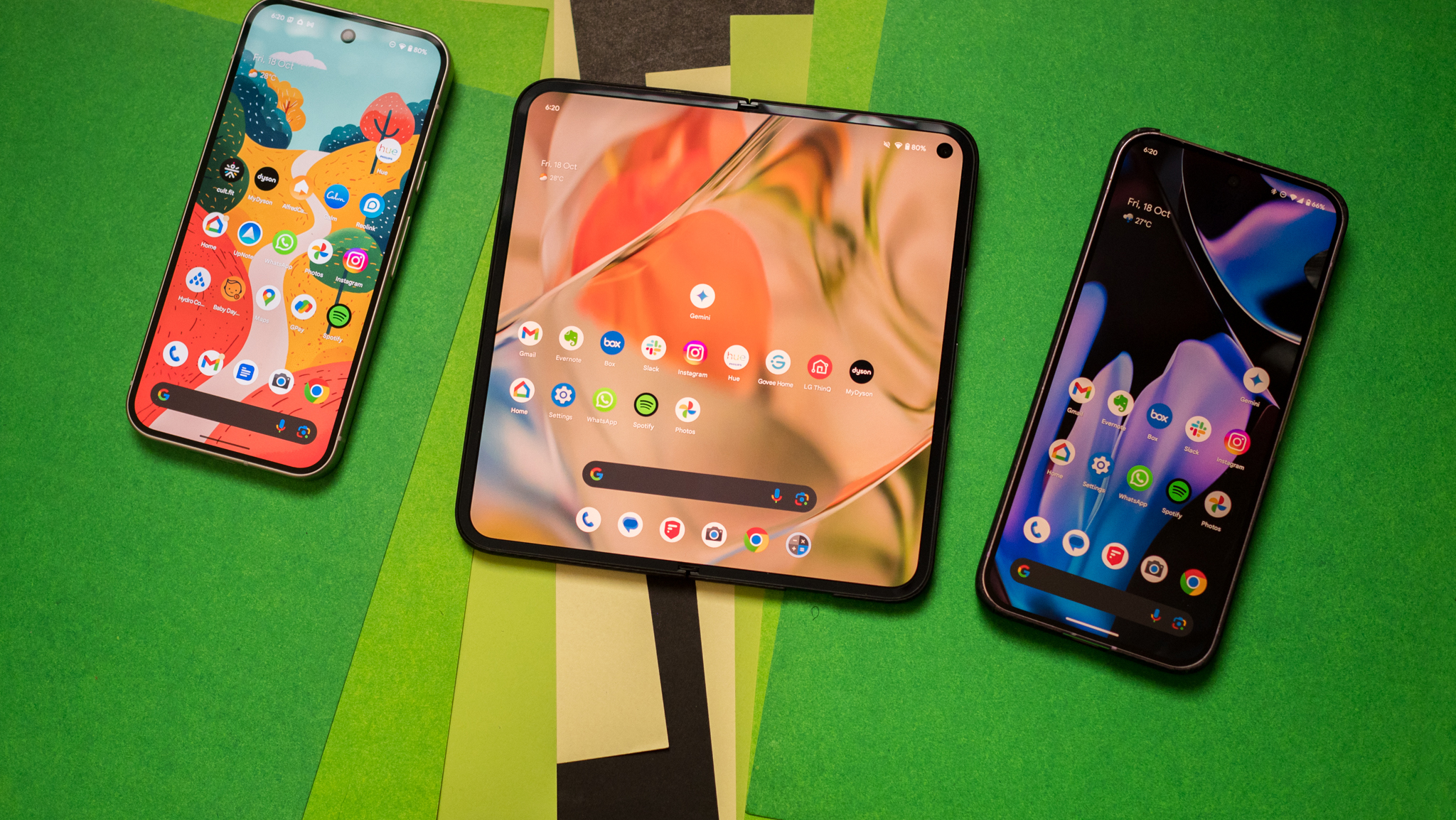
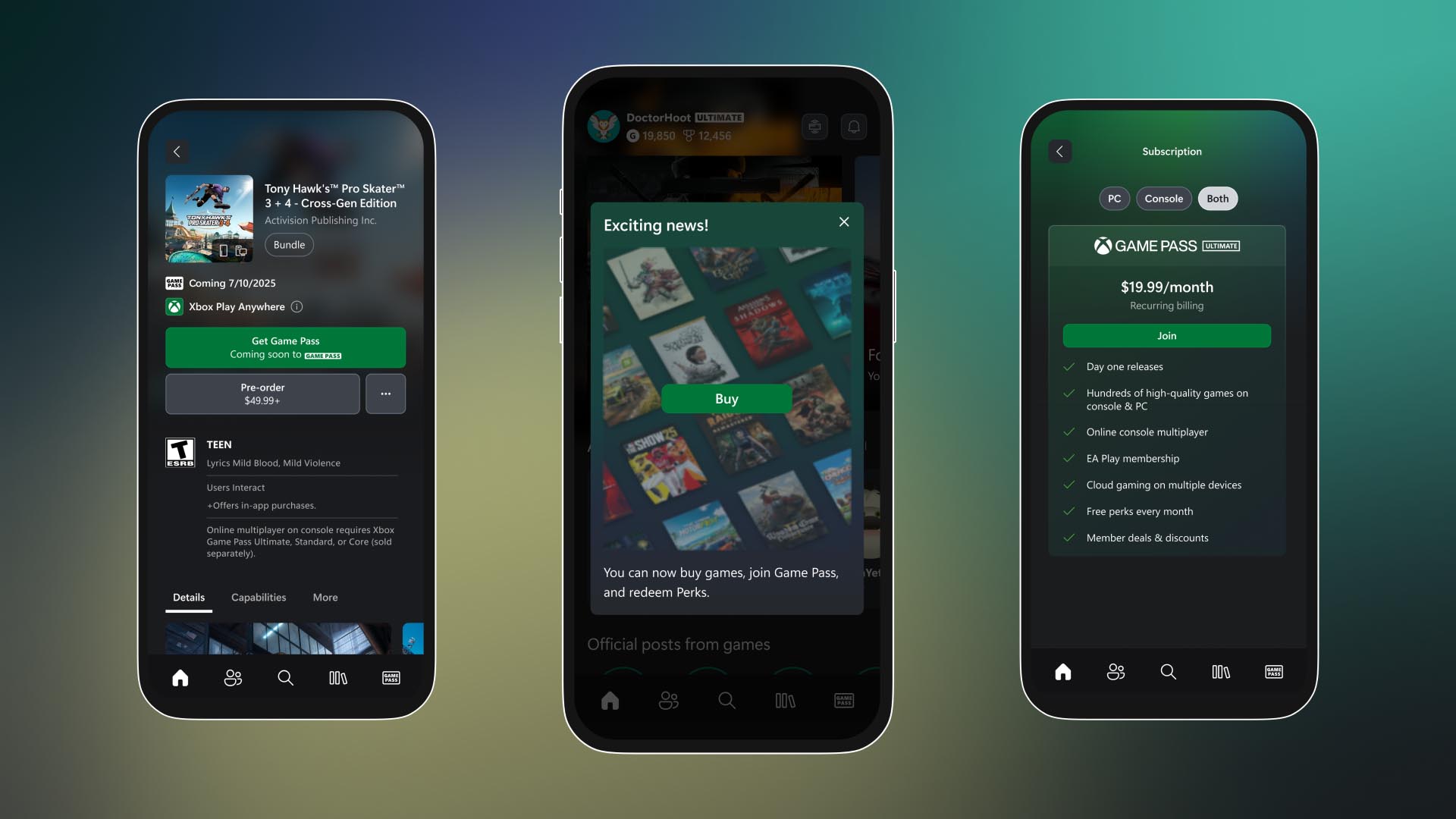
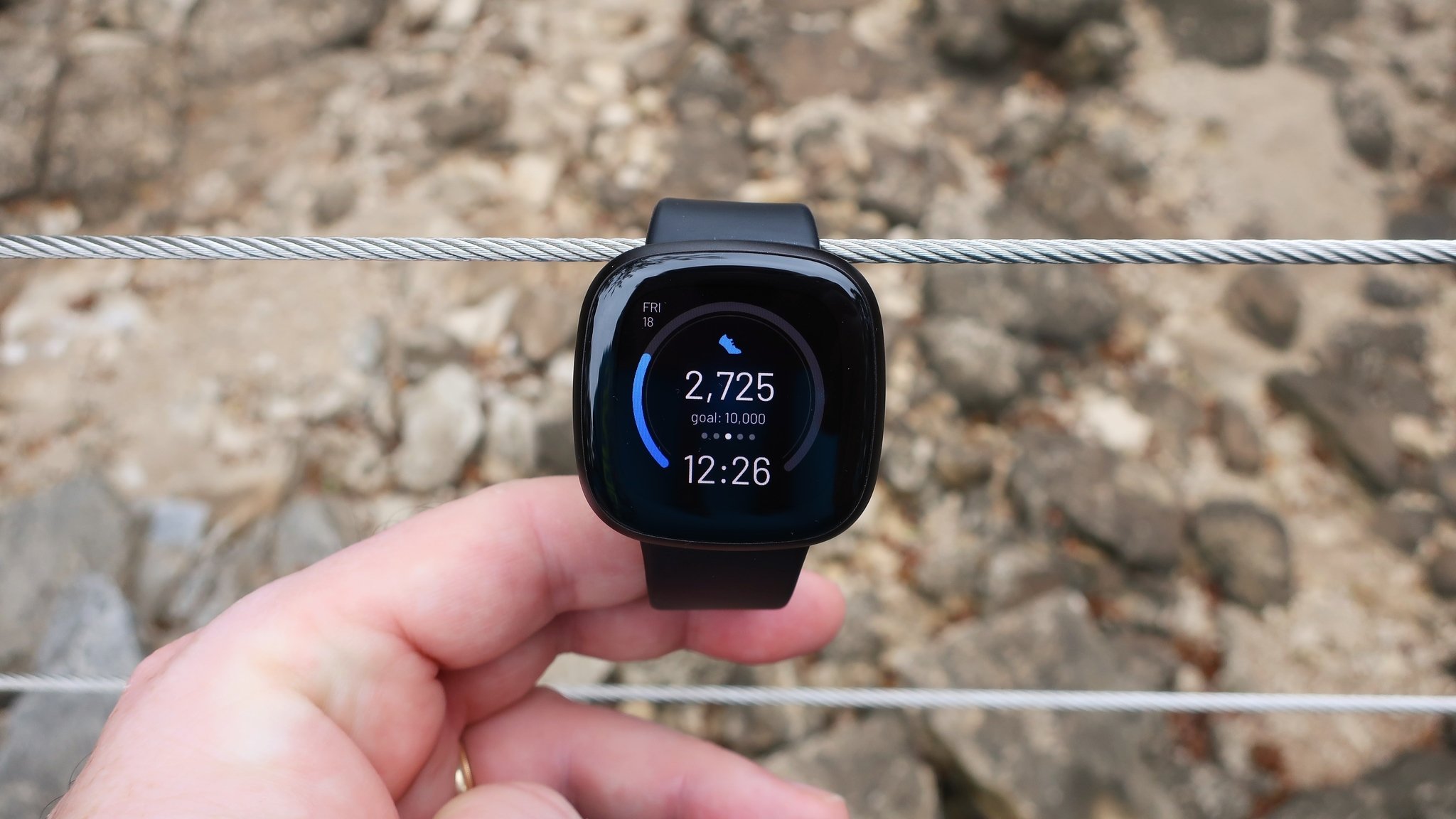


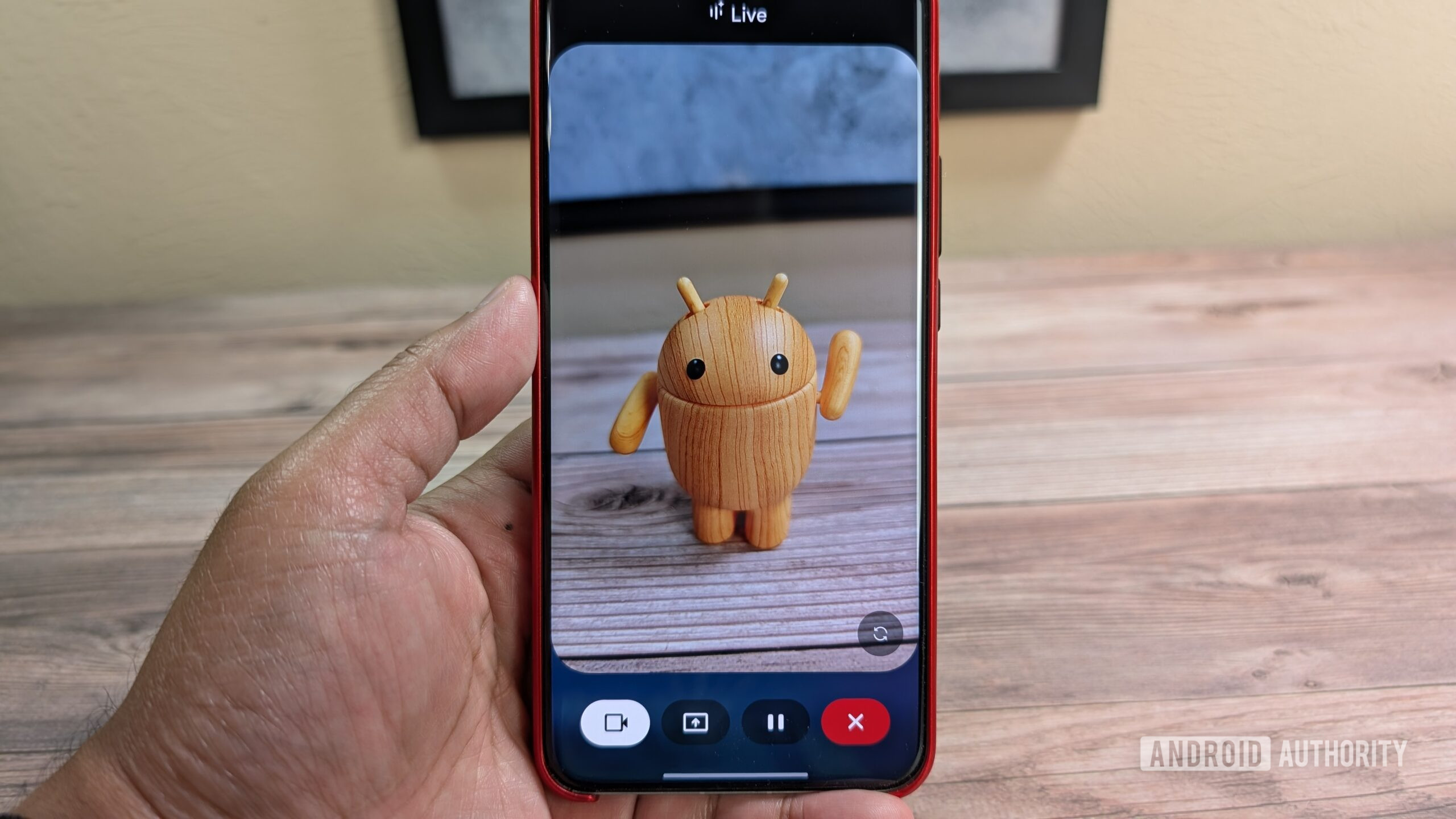
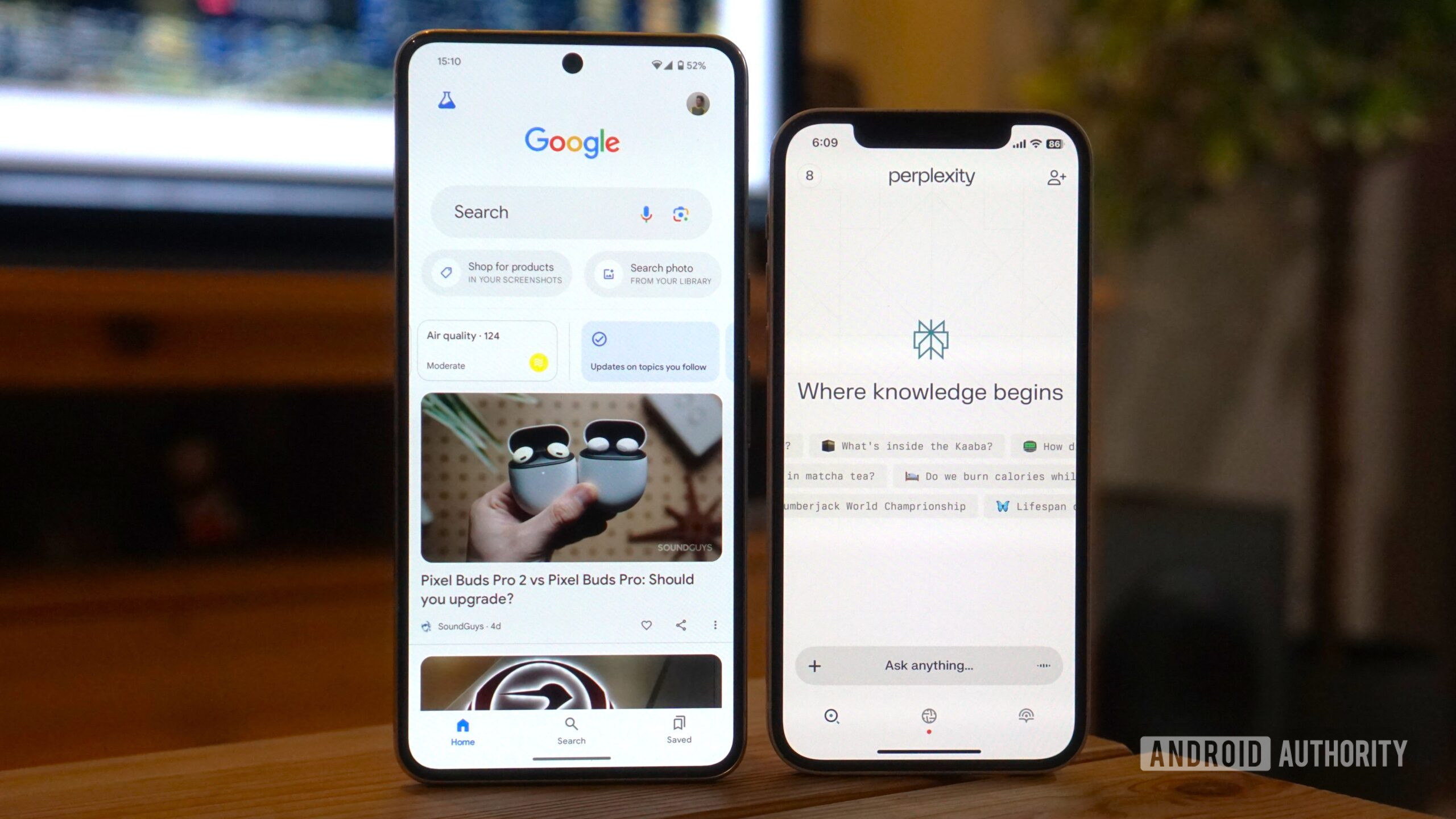
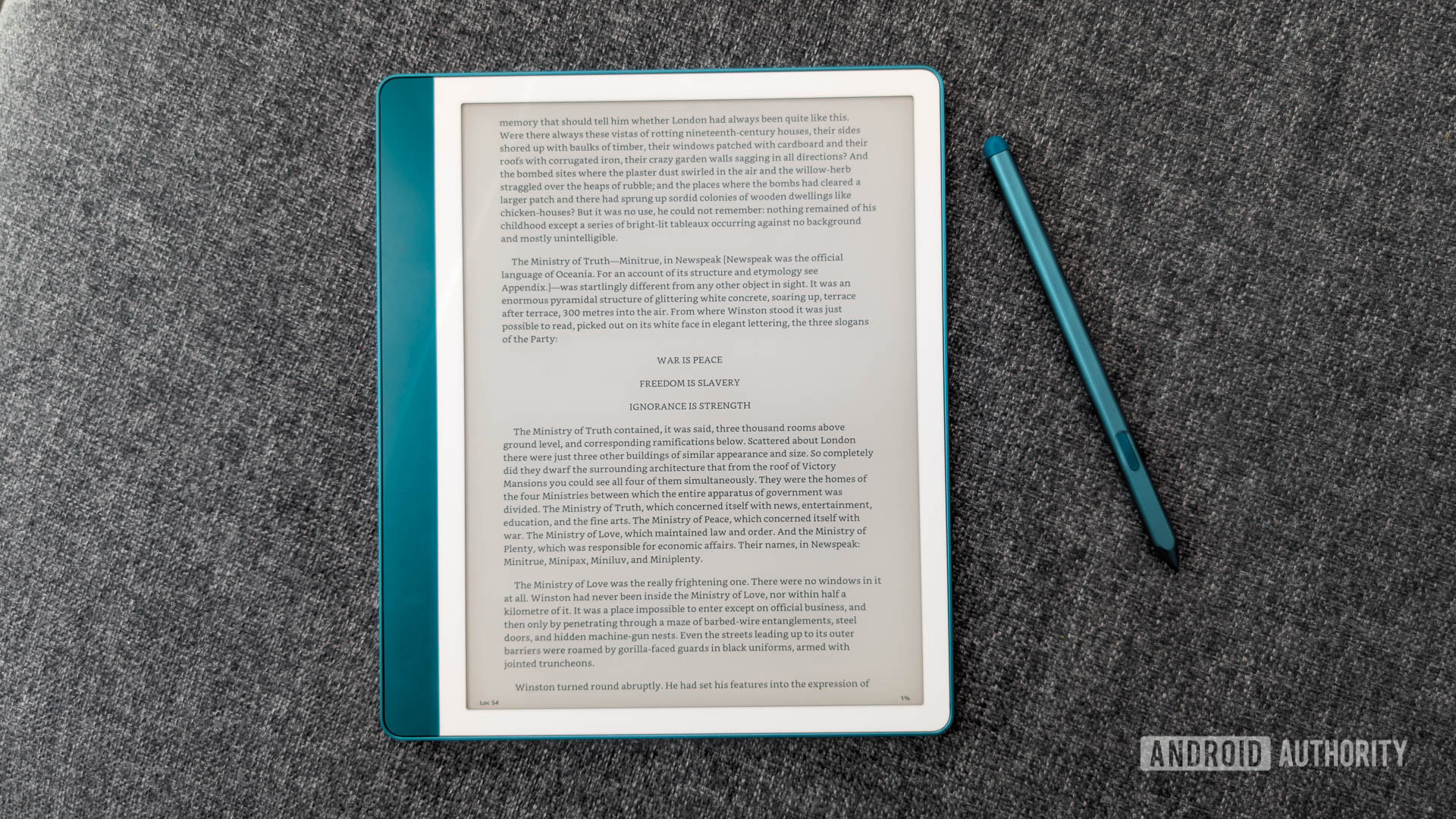

















![Apple M4 13-inch iPad Pro On Sale for $200 Off [Deal]](https://www.iclarified.com/images/news/97056/97056/97056-640.jpg)
![Apple Shares New 'Mac Does That' Ads for MacBook Pro [Video]](https://www.iclarified.com/images/news/97055/97055/97055-640.jpg)

















